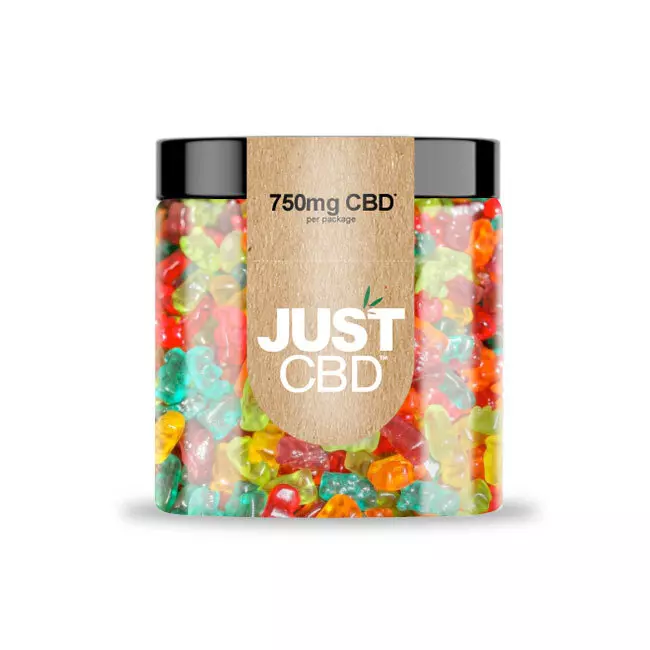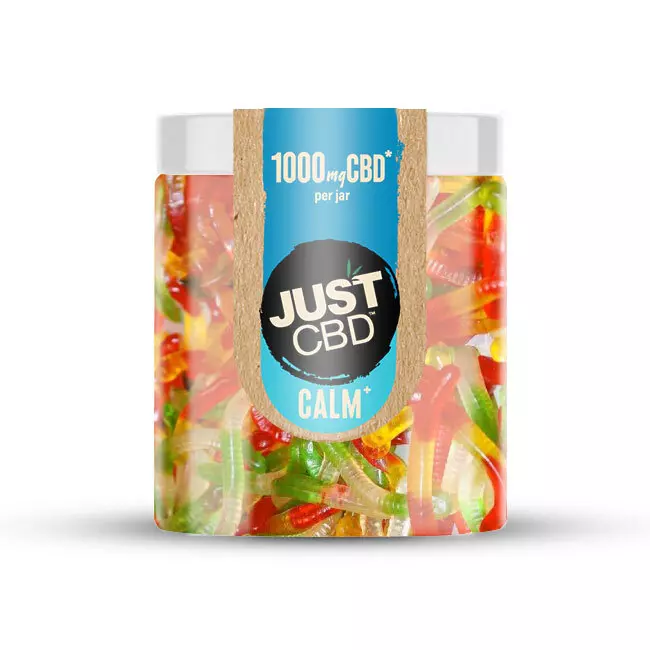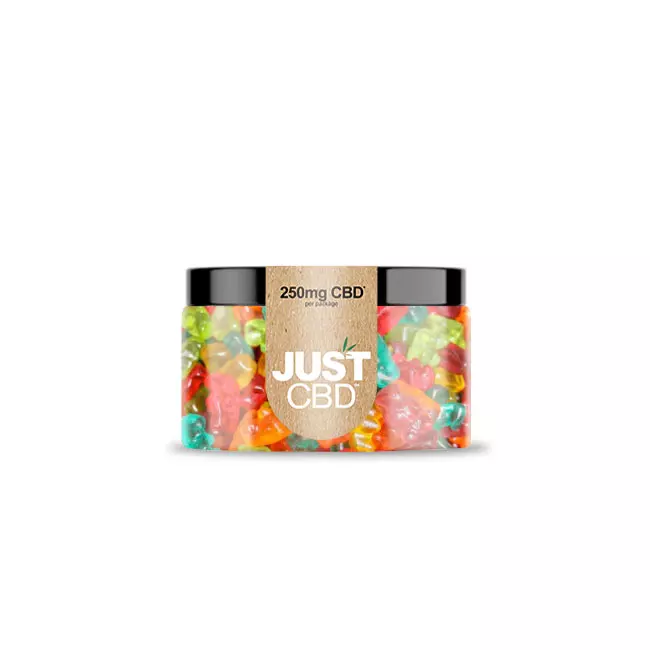CBD and Children: Key Considerations
CBD, short for cannabidiol, has gained significant popularity in recent years as a potential treatment for various health conditions. While research on CBD’s effects is ongoing, interest in its use for children with conditions like anxiety, sleep disorders, and seizures has grown. However, parents considering CBD for their children must approach it with caution and understand the key considerations surrounding its safety and efficacy in this population.
Legal Status of CBD for Minors
CBD products are not currently approved by the Food and Drug Administration (FDA) for use by children. The long-term effects of CBD on developing bodies are still unknown, and more research is needed to determine safe dosages and potential risks. Additionally, the legal status of CBD for minors varies depending on the state.
Some states have legalized CBD with a prescription from a licensed medical professional, while others have restrictions or outright bans on CBD use by children. It’s crucial for parents to familiarize themselves with the specific laws in their state before considering CBD for their child.
When exploring CBD as a potential treatment option for a child, it is essential to consult with a qualified healthcare professional. They can provide personalized guidance based on the child’s medical history, current medications, and potential risks involved.
Potential Benefits for Children
While CBD has gained attention for its potential therapeutic benefits, its use in children requires careful consideration.
The lack of FDA approval for CBD products specifically for children underscores the need for caution. Research on CBD’s long-term effects on developing bodies is limited, making it difficult to determine safe dosages and potential risks.
- Parents considering CBD for their children should consult with a qualified healthcare professional who can assess individual needs and potential risks.
- It’s essential to research and understand the legal status of CBD in your state, as regulations regarding its use by minors vary.
Risks and Side Effects in Children
CBD products are not currently approved by the Food and Drug Administration (FDA) for use by children. The long-term effects of CBD on developing bodies are still unknown, and more research is needed to determine safe dosages and potential risks. Additionally, the legal status of CBD for minors varies depending on the state.
Some states have legalized CBD with a prescription from a licensed medical professional, while others have restrictions or outright bans on CBD use by children. It’s crucial for parents to familiarize themselves with the specific laws in their state before considering CBD for their child.
When exploring CBD as a potential treatment option for a child, it is essential to consult with a qualified healthcare professional. They can provide personalized guidance based on the child’s medical history, current medications, and potential risks involved.
While CBD has gained attention for its potential therapeutic benefits, its use in children requires careful consideration.
The lack of FDA approval for CBD products specifically for children underscores the need for caution. Research on CBD’s long-term effects on developing bodies is limited, making it difficult to determine safe dosages and potential risks.
- Parents considering CBD for their children should consult with a qualified healthcare professional who can assess individual needs and potential risks.
- It’s essential to research and understand the legal status of CBD in your state, as regulations regarding its use by minors vary.
Dosage and Administration
Dosage and administration are crucial considerations when evaluating the safety and efficacy of CBD for children. Due to the limited research on CBD’s effects in this population, establishing safe and effective dosages remains a challenge.
Age-Specific Recommendations
Dosage and administration are crucial considerations when evaluating the safety and efficacy of CBD for children. Due to the limited research on CBD’s effects in this population, establishing safe and effective dosages remains a challenge.
Age-specific recommendations for CBD dosage are currently lacking. Factors such as age, weight, the child’s condition, and the concentration of CBD in the product all influence appropriate dosing.
It is essential to start with the lowest possible dose and gradually increase it under the close supervision of a qualified healthcare professional. Monitoring for any adverse effects is crucial, and adjustments to the dosage may be necessary.

Forms and Delivery Methods
Dosage and administration are crucial considerations when evaluating the safety and efficacy of CBD for children. Due to the limited research on CBD’s effects in this population, establishing safe and effective dosages remains a challenge.
Age-specific recommendations for CBD dosage are currently lacking. Factors such as age, weight, the child’s condition, and the concentration of CBD in the product all influence appropriate dosing.
It is essential to start with the lowest possible dose and gradually increase it under the close supervision of a qualified healthcare professional. Monitoring for any adverse effects is crucial, and adjustments to the dosage may be necessary.
CBD products come in various forms and delivery methods, each with its own considerations for children.
Common forms include gummies, oils, capsules, and topicals. Gummies offer a convenient and palatable option for children, but it’s important to ensure they are age-appropriate and contain the desired dosage.
Oils can be administered orally or used topically. Capsules provide a precise dose, while topicals are applied directly to the skin.
The chosen delivery method should consider the child’s age, condition being treated, and any potential sensitivities or allergies.
Choosing Quality CBD Products for Children
Choosing quality CBD products for children requires careful consideration due to the lack of FDA approval and limited research on its effects in this population. Parents must prioritize safety and efficacy by consulting with a healthcare professional who can assess individual needs and potential risks.
It’s crucial to understand that dosage recommendations for children are currently lacking, making it essential to start with the lowest possible dose and gradually increase it under close supervision.
Third-Party Testing and Certification
CBD products are not currently approved by the Food and Drug Administration (FDA) for use by children. The long-term effects of CBD on developing bodies are still unknown, and more research is needed to determine safe dosages and potential risks. Additionally, the legal status of CBD for minors varies depending on the state.
Some states have legalized CBD with a prescription from a licensed medical professional, while others have restrictions or outright bans on CBD use by children. It’s crucial for parents to familiarize themselves with the specific laws in their state before considering CBD for their child.
When exploring CBD as a potential treatment option for a child, it is essential to consult with a qualified healthcare professional. They can provide personalized guidance based on the child’s medical history, current medications, and potential risks involved.
While CBD has gained attention for its potential therapeutic benefits, its use in children requires careful consideration.
The lack of FDA approval for CBD products specifically for children underscores the need for caution. Research on CBD’s long-term effects on developing bodies is limited, making it difficult to determine safe dosages and potential risks.
- Parents considering CBD for their children should consult with a qualified healthcare professional who can assess individual needs and potential risks.
- It’s essential to research and understand the legal status of CBD in your state, as regulations regarding its use by minors vary.
To ensure the safety and quality of CBD products for children, parents should prioritize third-party testing and certification.
Reputable manufacturers will have their products tested by independent laboratories to verify the presence and concentration of cannabinoids (such as CBD), as well as the absence of harmful contaminants like pesticides, heavy metals, or residual solvents.
Look for products that display certificates of analysis (COAs) from these third-party labs. The COAs should provide detailed information about the product’s composition and purity.
Dosage and administration are crucial considerations when evaluating the safety and efficacy of CBD for children. Due to the limited research on CBD’s effects in this population, establishing safe and effective dosages remains a challenge.
Dosage and administration are crucial considerations when evaluating the safety and efficacy of CBD for children. Due to the limited research on CBD’s effects in this population, establishing safe and effective dosages remains a challenge.
Age-specific recommendations for CBD dosage are currently lacking. Factors such as age, weight, the child’s condition, and the concentration of CBD in the product all influence appropriate dosing.
It is essential to start with the lowest possible dose and gradually increase it under the close supervision of a qualified healthcare professional. Monitoring for any adverse effects is crucial, and adjustments to the dosage may be necessary.
Dosage and administration are crucial considerations when evaluating the safety and efficacy of CBD for children. Due to the limited research on CBD’s effects in this population, establishing safe and effective dosages remains a challenge.
Age-specific recommendations for CBD dosage are currently lacking. Factors such as age, weight, the child’s condition, and the concentration of CBD in the product all influence appropriate dosing.
It is essential to start with the lowest possible dose and gradually increase it under the close supervision of a qualified healthcare professional. Monitoring for any adverse effects is crucial, and adjustments to the dosage may be necessary.
CBD products come in various forms and delivery methods, each with its own considerations for children.
Common forms include gummies, oils, capsules, and topicals. Gummies offer a convenient and palatable option for children, but it’s important to ensure they are age-appropriate and contain the desired dosage.
Oils can be administered orally or used topically. Capsules provide a precise dose, while topicals are applied directly to the skin.
The chosen delivery method should consider the child’s age, condition being treated, and any potential sensitivities or allergies.

Choosing quality CBD products for children requires careful consideration due to the lack of FDA approval and limited research on its effects in this population. Parents must prioritize safety and efficacy by consulting with a healthcare professional who can assess individual needs and potential risks.
It’s crucial to understand that dosage recommendations for children are currently lacking, making it essential to start with the lowest possible dose and gradually increase it under close supervision.
Ingredients and Additives
Choosing quality CBD products for children requires careful consideration due to the lack of FDA approval and limited research on its effects in this population. Parents must prioritize safety and efficacy by consulting with a healthcare professional who can assess individual needs and potential risks.
It’s crucial to understand that dosage recommendations for children are currently lacking, making it essential to start with the lowest possible dose and gradually increase it under close supervision.
When selecting CBD products for children, parents should pay close attention to the ingredients list. Some products may contain additives or fillers that could be harmful to children. Look for products that are formulated with natural ingredients and avoid those containing artificial flavors, colors, or sweeteners.
Parents should also be aware of potential allergens in CBD products. Some products may contain ingredients such as nuts, dairy, or soy, which can trigger allergic reactions in sensitive children.
Carefully reading the label and checking for allergen warnings is essential to ensure the safety of the product for your child.
Another important factor to consider when choosing CBD products for children is the source of the hemp. High-quality CBD is derived from organically grown hemp that has been tested for contaminants such as pesticides, herbicides, and heavy metals.
Products sourced from reputable companies that adhere to good agricultural practices (GAP) and transparent sourcing are more likely to provide a safe and pure product.
Look for products that clearly state the origin of their hemp and provide third-party lab testing results to verify purity and quality.
Reputable Manufacturers
Choosing quality CBD products for children requires meticulous attention due to the limited research and lack of FDA approval specific to this population. Parents must prioritize safety and efficacy above all else by consulting with a qualified healthcare professional who can assess individual needs and potential risks.
Dosage is a critical consideration, as age-specific recommendations are currently lacking. It’s essential to begin with the lowest possible dose and gradually increase it under the close supervision of a healthcare professional. Monitoring for any adverse effects is crucial, and dosage adjustments may be necessary.
Reputable manufacturers prioritize third-party testing to ensure product quality and safety. Look for products with certificates of analysis (COAs) from independent labs that verify cannabinoid content, purity, and the absence of harmful contaminants.
When selecting CBD products for children, parents should carefully examine the ingredients list. Avoid products containing artificial flavors, colors, or sweeteners, and be mindful of potential allergens such as nuts, dairy, or soy.
The source of the hemp is also crucial. Opt for products derived from organically grown hemp that has undergone testing to ensure it is free from pesticides, herbicides, and heavy metals. Transparent sourcing practices and readily available third-party lab test results are indicators of a reputable manufacturer committed to quality.
Talking to Your Doctor
Talking to your doctor about CBD use for your child is essential before making any decisions. Doctors can provide personalized guidance based on your child’s medical history, current medications, and potential risks involved with CBD use. They can also help you understand the legal status of CBD in your state, as regulations vary widely.
Medical Advice and Guidance
Talking to Your Doctor About CBD Use For Children
It is essential for parents considering CBD for their children to consult a qualified healthcare professional.
Here’s why:
* **Individualized Guidance:** Doctors can provide personalized advice based on the child’s specific medical history, current medications, and potential risks associated with CBD use.
* **Dosage Recommendations:** Age-specific recommendations for CBD dosage are currently lacking. A doctor can help determine a safe starting dose and guide you on how to adjust it as needed.
* **Potential Interactions:** CBD may interact with certain medications or existing health conditions. A doctor can assess potential risks and interactions before recommending CBD use.
Legal Considerations:
CBD’s legal status varies from state to state. Some states allow for the use of CBD with a prescription, while others have restrictions or outright bans on CBD use by minors. Your doctor can help you understand the specific laws in your area.
Remember, every child is unique. What might be safe and effective for one child may not be appropriate for another.
By consulting with a healthcare professional, parents can make informed decisions about CBD use for their children while prioritizing safety and well-being.
Underlying Conditions and Medications
Talking to your doctor is crucial before considering CBD for your child. They can assess potential benefits and risks based on your child’s specific health history, current medications, and any underlying conditions.
It’s important to understand that:
* **CBD is not currently FDA-approved for use in children.**
* Research on CBD’s long-term effects in children is limited.
* Dosage recommendations are lacking, so careful titration under a doctor’s supervision is essential.

Your doctor can help you navigate the complexities of CBD use for your child, ensuring their safety and well-being. They can also provide guidance on:
* **Legality:** CBD laws vary by state; your doctor can advise you on the regulations in your area.
* **Potential Interactions:** CBD can interact with medications and other substances.
* **Quality Control:** Your doctor can recommend reputable brands and guide you on choosing safe, high-quality products.
Remember, open communication with your child’s healthcare provider is paramount when considering alternative treatments like CBD.
Monitoring and Managing Potential Effects
Monitoring and managing potential effects of CBD in children are crucial considerations for parents exploring this treatment option. Due to the limited research on CBD’s long-term effects in young bodies, careful observation and open communication with a qualified healthcare professional are essential.
Observation of Symptoms and Reactions
When considering CBD for your child, be sure to monitor them closely for any changes in behavior, mood, or physical health.
Keep a record of any adverse effects experienced, including the dosage, timing, and severity of symptoms. Share this information with your healthcare provider to guide further treatment decisions.
Open communication is crucial. Encourage your child to share any unusual feelings or experiences they may have after taking CBD.
Communication with Healthcare Providers
Monitoring and managing potential effects are essential when considering CBD for children.
Here’s why:
* **Limited Research:** Studies on CBD’s long-term effects in children are limited, making it crucial to closely observe for any unexpected reactions or changes.
* **Individual Variation:** Children respond differently to medications and substances. What might be well-tolerated by one child may cause adverse effects in another.
**Here’s how parents can monitor and manage potential effects:**
1. **Keep a Detailed Record:** Note the dosage, time of administration, and any changes observed in your child after taking CBD. This includes behavioral changes (mood swings, increased anxiety, sleep disturbances), physical symptoms (nausea, appetite changes, stomach upset), and any other unusual experiences.
2. **Open Communication:** Encourage your child to talk openly about how they feel after taking CBD. Create a safe space for them to express any concerns or discomfort without fear of judgment.
3. **Regular Check-ins with Healthcare Provider:** Schedule regular follow-up appointments with your child’s doctor to discuss their progress and any observed effects. Share the recorded information and address any questions or concerns you have.
4. **Be Prepared for Adjustments:** Based on your child’s response, your healthcare provider may recommend adjusting the dosage, changing delivery methods (gummies, oil, etc.), or exploring alternative treatment options.
Remember: If you notice any serious adverse effects, such as difficulty breathing, seizures, or severe allergic reactions, seek immediate medical attention.
Order CBD Gummies for restful nights
Get cbd oil infused gummies by JustCBD
My Better Love
Ryan Richman Hair
- Comparing THC Seltzers To CBD Drinks: Key Differences - May 9, 2025
- Brow Lift Treatment Near Norwood, Surrey - May 9, 2025
- Neauvia Hydro Deluxe Skin Booster Treatments Near Woodmansterne, Surrey - May 8, 2025
